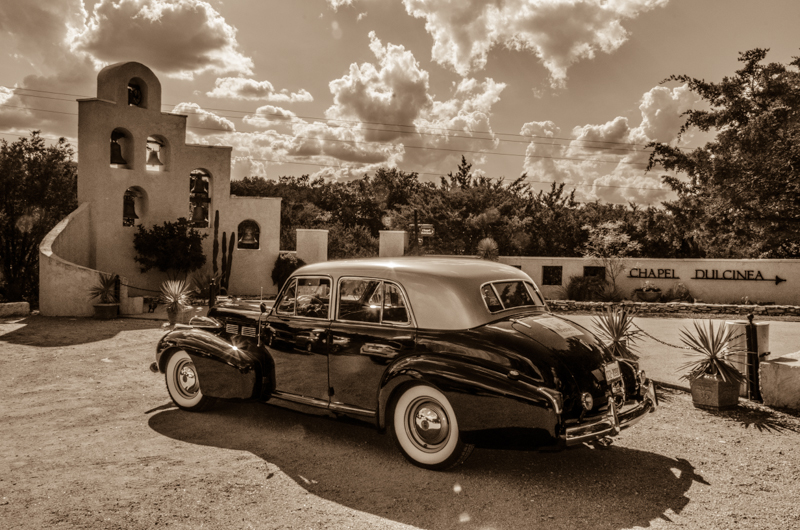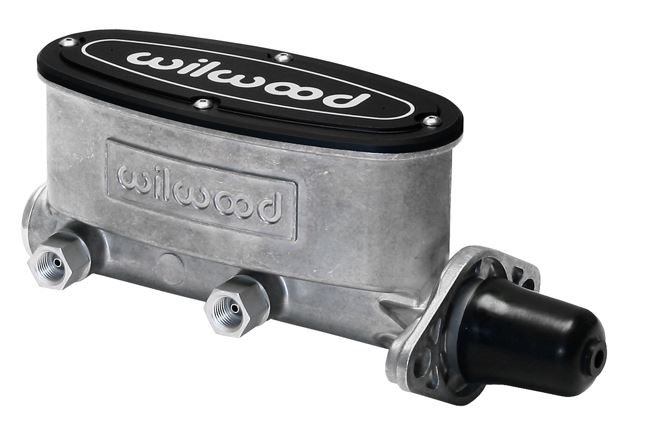
These days, we take dual circuit brake systems for granted (well, don’t forget ABS and all the other alphabet gizmos as well). So, the younger generation could be forgiven for not knowing that dual circuit systems weren’t always the norm.
In fact, the first patented dual-cylinder system (Wagner Electric) didn’t come along until 1960. Yet, with few notable exceptions, most of the automakers ignored the safety issues inherent with an all-or-nothing single circuit system (a brake fluid leak anywhere in the system results in a COMPLETE brake failure) until 1967, when the feds mandated dual-circuit brakes. Finally, all the manufacturers stepped up to the plate and introduced these “new safety brake” systems, duping the public into believing that this wonderful new feature was being provided out of the goodness of their hearts.
In 1983, an NHTSA report estimated that these new systems prevented some 40,000 accidents each year!
I had my own brush with these single-circuit death traps a few years ago: Driving home in my ’59 Jaguar saloon (disc brakes, but, yep, single circuit system), when a brake pipe at the caliper failed and broke just as I was braking for a traffic light intersection. Jaguar’s “emergency” hand brake system consists of a postage-stamp sized auxiliary “caliper” on the rear wheel. As one might imagine, trying to rein in a near-4,000 pound vehicle with that emergency brake is somewhat akin to berthing the Queen Mary. But, miraculously, I did manage to bring the old gal to a stop with just the front bumper or so protruding into the intersection.
Right then and there, I went home and ordered a universal dual circuit master and installed it on the car, and have driven with more confidence ever since.
Enter “General MacArthur”, our 1940 Cadillac Fleetwood 60 Series sedan, which we have owned for some 4-5 years now.

The Fleetwood is a great, elegant car with HUGE drum brakes that can haul this sedan to a stop in short order. Yet, during my ownership, my harrowing experience with the Jag has always been a black cloud over my brain every time I drive the car. Converting to a dual circuit system has been on my bucket list for quite some time, but the task just kept getting preempted by more pressing matters around the shop.
Finally, a few weeks ago, the Caddy started exhibiting signs that the master cylinder was leaking down internally. It seemed like a new master cylinder was in order. But when I went to price replacements for this car (not available at your local NAPA, thank you), I found the cost would be just a few dollars less than a nice, modern, Wilwood universal dual circuit master cylinder. It just seemed like this was the time to bite the bullet and bring the Fleetwood into the 21st century.
I found the Wilwood support staff to be knowledgeable and helpful. After taking some measurements, and determining esoteric values such as pedal deflection angle, a specific model was suggested which I ordered. The technician insisted that I also purchase a pair of “residual brake pressure” valves. The purpose of these valves (one in each circuit, front and rear) is to retain a measured amount of pressure in the line, even when the brake pedal is relaxed. This keeps the brake shoe in close proximity to the drum, reducing braking activation time. I don’t quite understand why my original brake system didn’t require those valves, but I followed his guidance.
To my great surprise, I was able to find a Wilwood unit that was physically very similar to my OEM cylinder (like most older cars, it mounts under the driver floorpan, on the frame cross member).

The unit came with everything I needed to complete the job, including adapters for different size brake lines. As well, the package included detailed instructions (and fittings) for bleeding the master cylinder prior to installation. The cylinder even has outlets on BOTH sides to accommodate the requirements of a specific installation. Of course, blanking plugs are provided for the ports not used.
The entire install consisted of drilling new mount holes in the bulkhead (the original cylinder had a triangular, 3-hole mount), and bolting it in place. I even found my original brake rod worked perfectly, only requiring a bit of length adjustment to accommodate the new cylinder.
Since I had to plumb the residual pressure valves into each circuit (front/rear), I just opted to reuse the existing lines, and fabricate a short extension line from the original lines to the master cylinder using my favorite “E-Z Bend” brake tubing. There was also the need for an inline fitting for the pressure-sensitive brake light switch, which went into the same line for the rear circult.
I’ll be the first to admit, it is not the prettiest installation, but it is functional and secure:


Thanks to use of my new(-ish) Eastwood pro-model brake flaring tool (see previous blog on recommended Christmas gifts for your favorite gearhead), the brake line fabrication went quickly and concluded without a single leak.
After a full fluid flush and line bleeding, my new brakes seem to have much more authority than before, and I can breathe a sigh of relief when driving, knowing I am now driving a car with a “modern” brake system!






Leave a reply